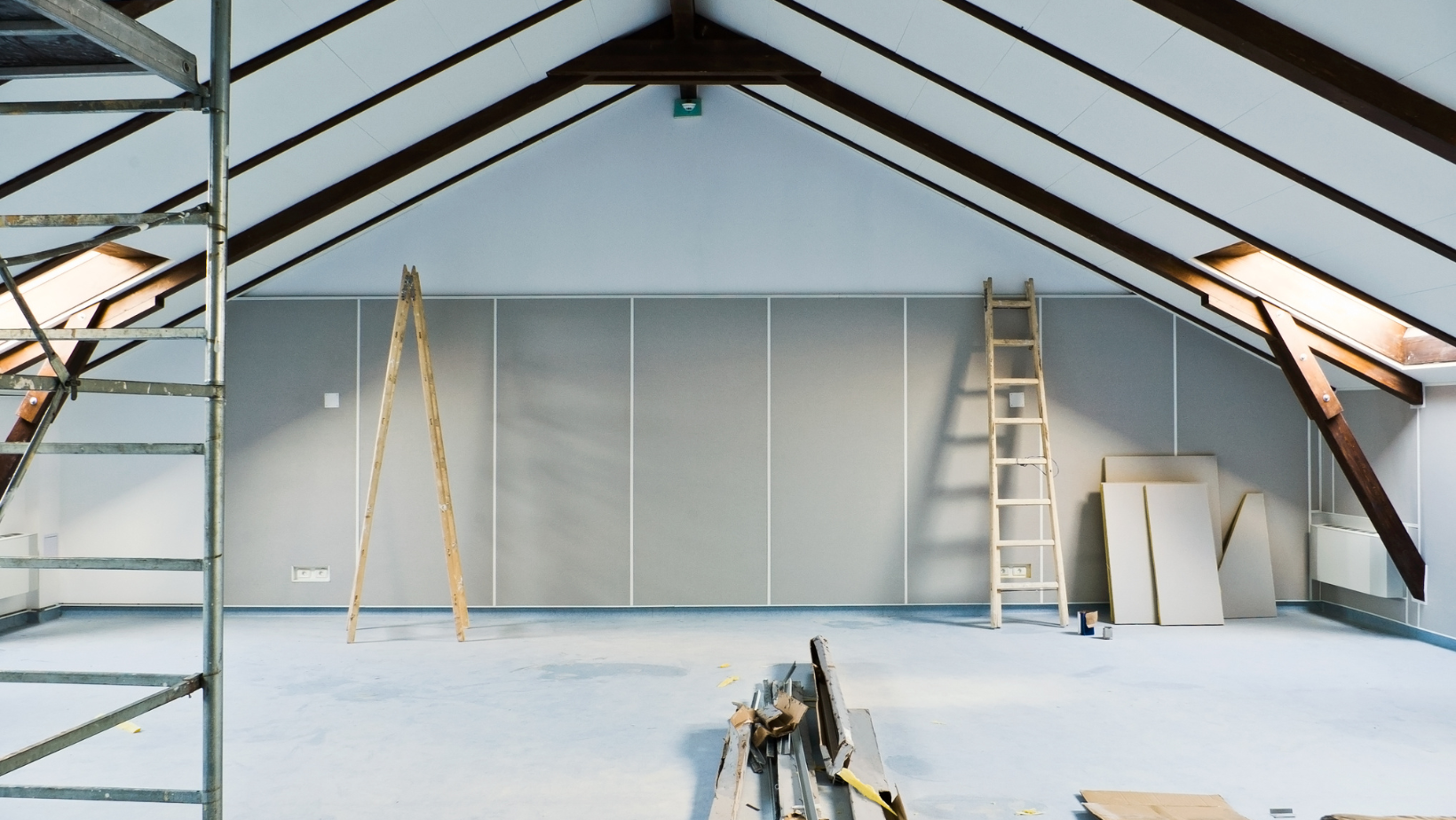When it comes to insulation, most people think of the kind that goes in the walls or under the floor. However, did you know that your attic needs insulation too? Attics are one of the most important parts of a home when it comes to insulation because they are directly exposed to the outside environment. This blog post will discuss some of the best types of insulation for an attic and how they can help improve your home’s energy efficiency.
What is Attic insulation?
Attic insulation is thermal insulation installed in the ceiling or floor of an attic. It helps to keep your home cool in the summer and warm in the winter by preventing heat loss and gain. Attic insulation can come in several types, such as fiberglass, cellulose, spray foam, and rock wool. The most common types are fiberglass, cellulose, and spray foam.
Why you should install Attic insulation
Attic insulation will help keep your home at a comfortable temperature all year round. It can also reduce energy bills and make your home more energy efficient. Additionally, it can improve indoor air quality by reducing allergens and dust particles that accumulate in the attic.
Benefits of Fiberglass Insulation
Fiberglass is one of the most popular types of insulation used in attics. It is made from recycled glass fibers, so it is an environmentally friendly choice. Fiberglass has excellent thermal resistance properties and can provide years of reliable service when installed correctly.
Types of Fiberglass Insulation
Spray Foam Insulation
Spray foam insulation is a type of spray-applied insulation that can provide an airtight seal in your attic. It is made up of two types of plastic, polyurethane, and isocyanurate, which are mixed together and then sprayed onto the attic space. Spray foam provides superior protection against heat loss or gains due to its high R-value (the measure of resistance to heat flow).
The spray foam is made of liquid polyurethane and isocyanurate, which both expand when sprayed and form a foam that adheres to the surfaces of your attic. This provides an airtight seal that prevents heat loss or gains. Spray foam insulation also helps reduce sound transmission into the home and can help prevent moisture buildup in the attic space.
Cellulose Insulation
Cellulose insulation is another popular type of insulation used in attics. It is made from recycled newspaper, cardboard, and other paper products that are treated with fire retardants to make them safe for use in attics.
Cellulose has excellent thermal resistance properties and can provide years of reliable service when installed correctly. Additionally, it does not settle over time like some types of insulation so it can provide a long-term solution for your attic.
Rock Wool Insulation
Rock wool insulation is made from basalt rocks and slag, which are heated to high temperatures until they form fibers. These fibers are then combined with binder materials to create sheets of rock wool that can be installed in attics.
Rock wool has excellent sound absorption properties and provides good thermal resistance. It is safe to use around electrical wiring and can help reduce noise levels inside the home. Additionally, rock wool does not settle over time like some types of insulation, so that it can provide a long-term solution for your attic.
Blanket Insulation
Blanket insulation is fiberglass, cellulose, or rock wool insulation that comes in rolls or batts. It can be used to insulate entire walls or portions of ceilings and floors. Blanket insulation is one of the most common types of attic insulation and can provide an effective barrier against heat loss or gain.
Blanket insulation is the most cost-effective way to insulate an attic, as it can be installed quickly and easily. It also comes in various thicknesses and types, so it is easy to find the right one for your specific needs.
Radiant Barrier Insulation
Radiant barrier insulation is a type of insulation specifically designed to reflect heat away from your home. It consists of a thin sheet made up of reflective materials such as aluminum foil or metalized plastic that can be installed on the underside of the roof decking in an attic space. Radiant barrier insulation helps reduce heat transfer through the attic and into your home, which can help keep temperatures more consistent in hot climates year-round.
There are many types of insulation that can be used in an attic space. Each has unique benefits, and it is important to consider all options to determine which one will best serve your needs. Fiberglass, spray foam, cellulose, rock wool, blanket insulation, and radiant barrier insulation are some of the most popular types of insulation for attics, and each can provide reliable protection when installed correctly.



